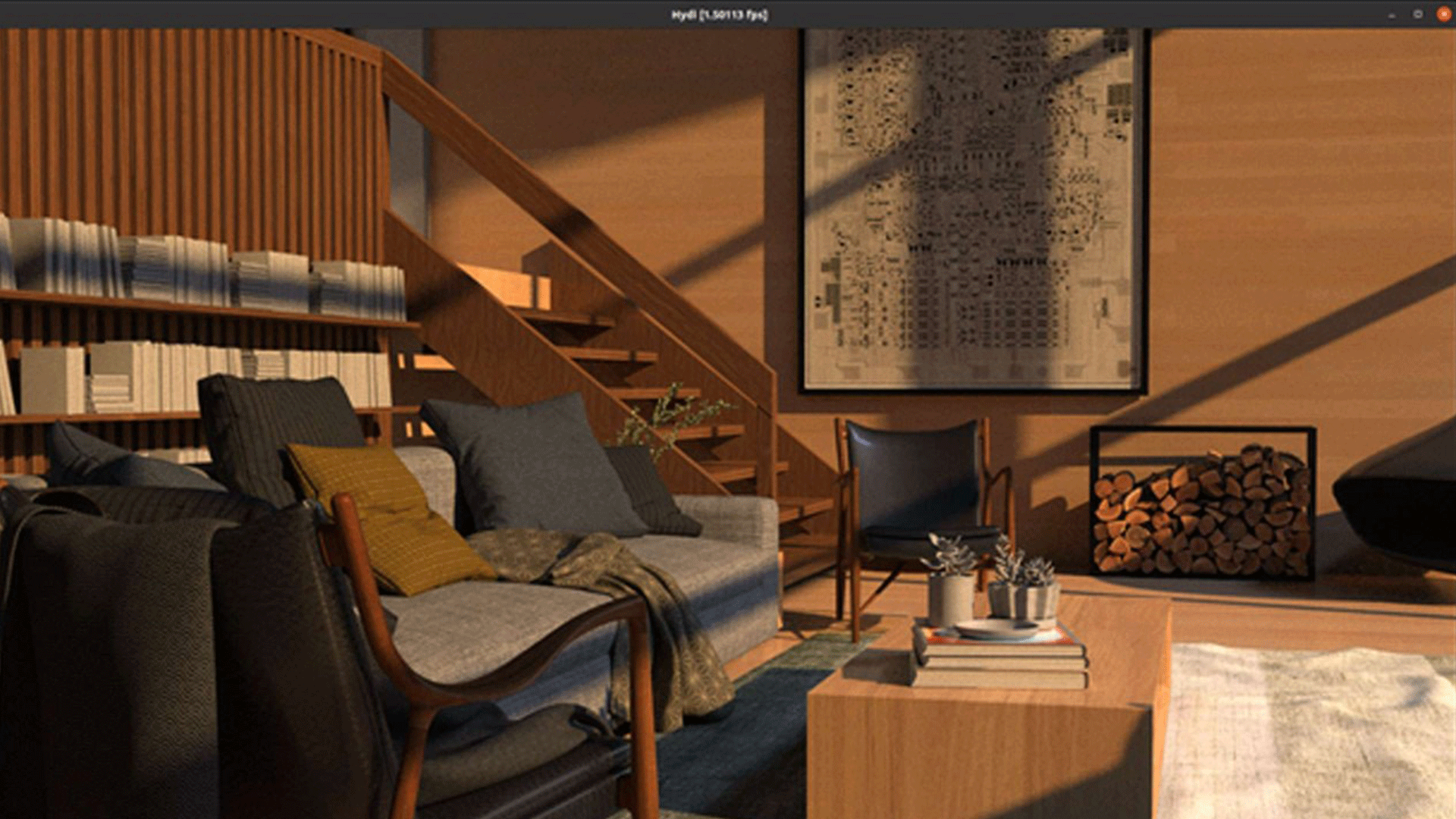The term metaverse has different meanings in many technological domains and in the broader societal context. At its broadest, the metaverse goal is to enable shared and collaborative ray-traced photorealistic social, professional, and entertaining digital experiences. While achieving these aspirations, you need to avoid closed workflows (walled gardens) that limit the ability of participants to choose their workflows and solutions on open platforms and systems.
Through open standards, open sources, and open systems, Intel and other industry leaders provide anyone the freedom to choose technology solutions that best fit their needs. Intel® Advanced Ray Tracing (Intel® ART) is aligned with the oneAPI industry initiative, which built a cross-architecture programming model that allows freedom of choice across different vendors’ computing platforms. This vision is found in technologies that build the metaverse experience.
Despite differing ideas about the metaverse, one thing is true: Its development requires unparalleled cooperation and flexibility between various hardware and software technologies. Participants have enhanced engagement through shared experiences, interactivity, and photorealistic renditions. To achieve the goal of tangible photo-realism, ray tracing is employed. This graphics technique is most prevalent in film visual effects that compute complex interactions between light and surfaces.

Intel® Architecture Day 2021 Demonstration: Intel® oneAPI Rendering Toolkit (Render Kit, 7.04) on an upcoming GPU with Xe Architecture
Ray tracing allows free artistic and professional expression by accurately representing visual reality. Freely creating and collaborating without compromise happens when you can choose computational tools that work best for the given experiences. Along this journey, be sure that closed, proprietary solutions are not roadblocks.
Intel, a champion of open standards and open source, enables you to choose and assemble the most appropriate technologies to meet your goals. Key steps in this journey are underway through oneAPI. This is an industry specification that enables open, industry-standard, cross-architecture software development for CPUs, GPUs, FPGAs, and future accelerators.
Advanced ray tracing, an open specification within oneAPI, offers choices for the ray tracing technology in the metaverse experience. It defines a set of ray tracing and high-fidelity rendering and computation routines for various 3D graphics uses, including:
- Photorealistic visual effects for film and television
- Animation rendering
- Scientific visualization
- High-performance computing (HPC)
- Gaming
High-quality implementations of advanced ray tracing are available. For example, the ray tracing library in Intel® Embree (a key component of the Render Kit) received a Scientific and Technical Achievement Award from the Academy of Motion Picture Arts and Sciences:
"For the past decade, the Intel Embree Ray Tracing Library has provided a high-performance, industry-leading, CPU-based ray-geometry intersection framework through well-engineered open-source code, supported by a comprehensive set of research publications. It has become an indispensable resource for motion picture production rendering."
As mentioned earlier, enabling photorealistic metaverse experiences requires coordination in the hardware and software environments. Vendor-specific, proprietary workflows don’t just limit choice, they also limit capability. For example, vendor-specific workflows could limit creators to just a handful of photorealistic ray tracing approaches. Open capabilities in oneAPI and Intel ART enable any vendor to introduce new technologies into the stack.
Intel continues to vigorously and openly collaborate with creators and developers to build metaverse experiences that are not limited in scope or aspirations. Together, oneAPI and Intel ART are open to everyone who works in the collaborative and open metaverse.

The Secret Life of Pets* 2, Illumination Entertainment and Universal Pictures